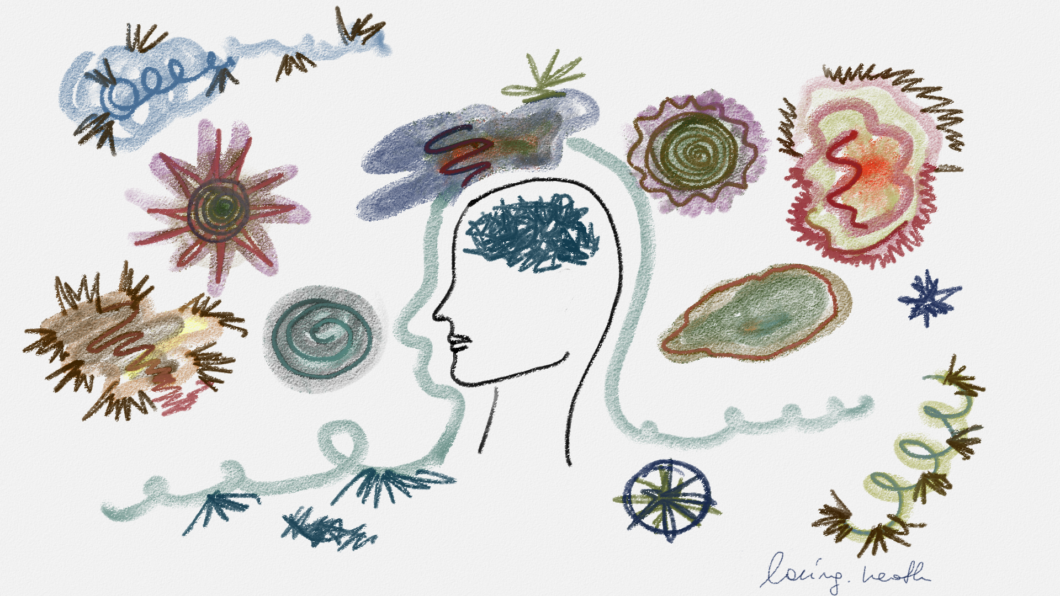Have you ever had an unsettling thought pop into your mind out of nowhere? If so, you’re not alone. These are called intrusive thoughts, and they’re more common than you might think.
They are unwanted, distressing, and often irrational ideas or mental images that enter your mind uninvited. They can be violent, inappropriate, or simply bizarre. The key thing to remember is: they are just thoughts—they don’t reflect who you are or what you truly desire.
We all experience intrusive thoughts from time to time. However, for some people, these thoughts can become persistent and distressing, particularly for individuals with conditions such as anxiety disorders, obsessive-compulsive disorder (OCD), or post-traumatic stress disorder (PTSD).
Different types of intrusive thoughts
There are several types of intrusive thoughts, such as:
Harm-related thoughts – unwanted thoughts about harming oneself or others.
Sexual intrusive thoughts – inappropriate or taboo sexual ideas that are distressing.
Religious or moral concerns – blasphemous or morally unacceptable thoughts.
Health-related fears – obsessive worries about illness or contamination.
Existential thoughts – overwhelming concerns about reality, existence, or death.
Why do we have these intrusive thoughts?
The human brain is constantly processing information, and sometimes it produces random or unwanted thoughts. Some studies have estimated that we have over 6,000 thoughts a day. These thoughts are often triggered by stress, anxiety, or even simple environmental cue around us. Neuroscientists research has led to the belief that intrusive thoughts are a natural byproduct of how the brain work, via filtering through countless ideas and scenarios every day.
For those with OCD or anxiety, intrusive thoughts may feel more intense, because they trigger a cycle of fear and rumination. Instead of letting the thought pass, the person might fixate on it, leading to increased distress.

How to manage intrusive thoughts
Recognise them and accept them for what they are – they are normal and they do not define you. The more you fight against them, the stronger they might actually end up feeling.
Practice mindfulness – observing your thoughts without judgment, can help you detach from their emotional impact.
Avoid engaging with the thought – instead of trying to push the thought away, or analyse it, simply acknowledge its presence and let it go.
Challenge your thinking patterns – ask yourself whether the thought is rational or realistic? More often than not, intrusive thoughts are exaggerated and unrealistic. Some people find that if they exaggerate or make fun of their intrusive thoughts, it can make the thought less powerful.
Use a grounding object – keep a small object with you to hold and focus on when you feel bothered by your thoughts. For example, you could use a stone, a fidget toy or a piece of fabric.
Seek professional help if needed – if intrusive thoughts are causing significant distress or interfering with your daily life, therapy (such as cognitive-behavioral therapy) can be incredibly helpful. You are not alone in this journey.
Useful websites
Young minds – down and unable to cope
NHS – worrying intrusive thoughts
Counselling directory – an introductory guide to managing intrusive thoughts
Nightingale Hospital – intrusive thoughts: freddie’s first hand perspective




